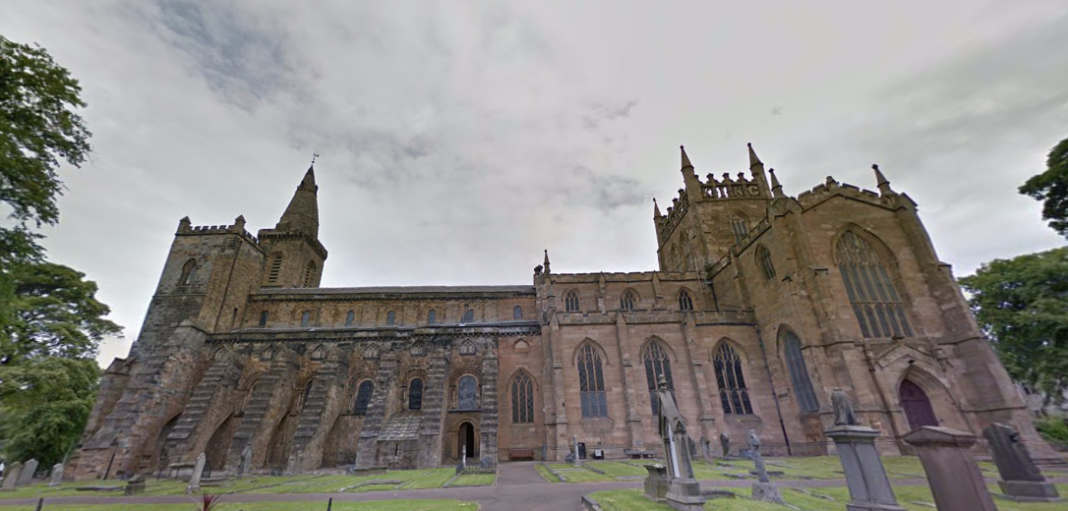
A research project has uncovered evidence of the original layout of the choir of the historic Dunfermline Abbey, where Robert the Bruce was buried in 1329.
Led by the University of Stirling, the three-year project in partnership with Historic Environment Scotland, used a series of ground-penetrating radar surveys to study the area left ruinous following the Protestant Reformation in 1560.
The university said that the surveys provided evidence of more than 15 potential elite burials. The Abbey’s 14th century Lady Chapel and aisle were particular focuses, as well as around the east end pilgrimage shrine erected c.1250 for Margaret, queen of Malcolm III (d.1093).
The surveys also found radar and archival evidence for the lost high altar settings of the Abbey choir and a formally unnoticed southern transept chapel and aisle dedicated to John the Baptist.
Dr Michael Penman, of the University of Stirling, commented, “In 1818, architect William Burn uncovered a grave and a lead-encased skeleton, which was generally accepted as being Bruce’s remains. However, combining our radar evidence with measurements taken by local historian Ebenezer Henderson in 1854, it raises the likelihood that the position of this original grave site was too close to the screened high altar for it to have been the original burial site – in this position, it would have impeded the chancel steps, liturgy of the mass and been obscured to visitors in the aisles.
“One possibility is that this site was a ‘rescue’ burial by monks who reportedly stayed on at Dunfermline until around 1580, in defiance of the Reformation, and who perhaps saved these remains after a box tomb was destroyed. That would explain why this skeleton was found covered in a late 16th- or 17th-century ‘anthropomorphic’ lead shroud in quite a shallow, crude grave slot.
“Through this study, we also found potential evidence of the existence of double tombs, and it could also have been the case that Bruce was originally buried within the northern central presbytery of the choir, together with his Queen, Elizabeth de Burgh.”








